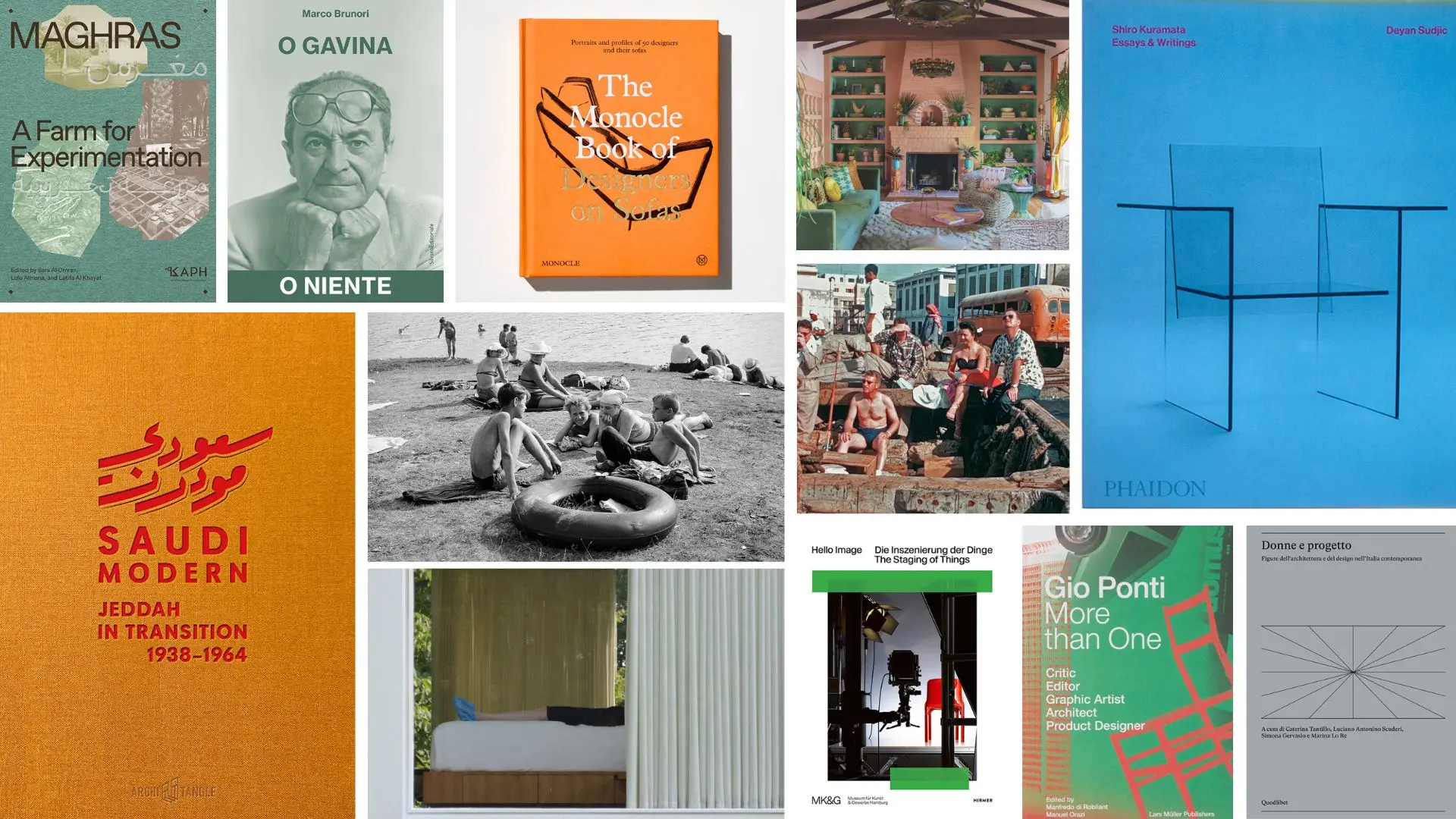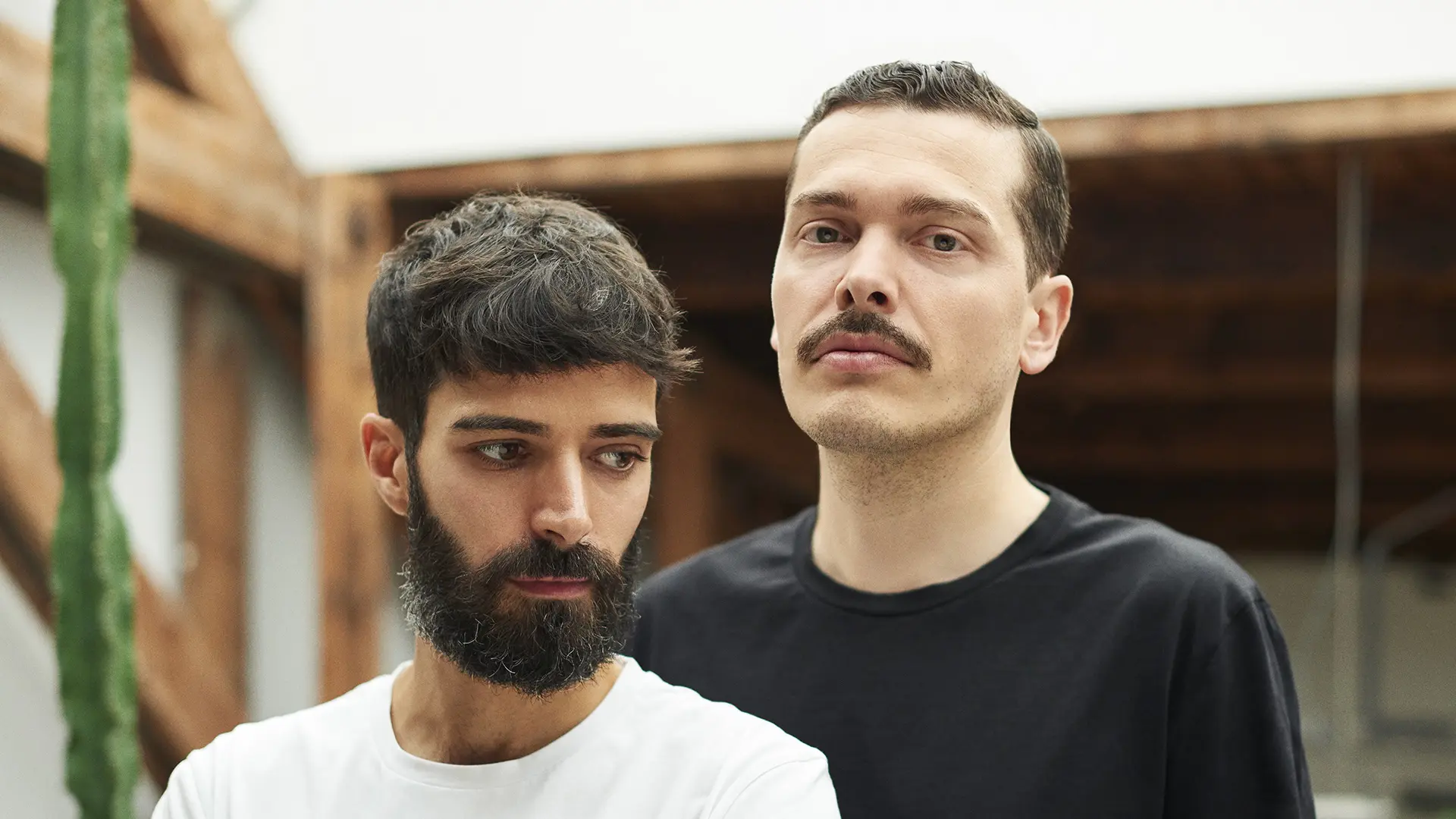A journey through women’s interior design, three iconic monographs and the links between design, photography and marketing, up to the transformation of Jeddah, social innovation and a reportage by Branzi and... 50 designers on the sofa
Benefit and BCorp companies: the design world at society’s service
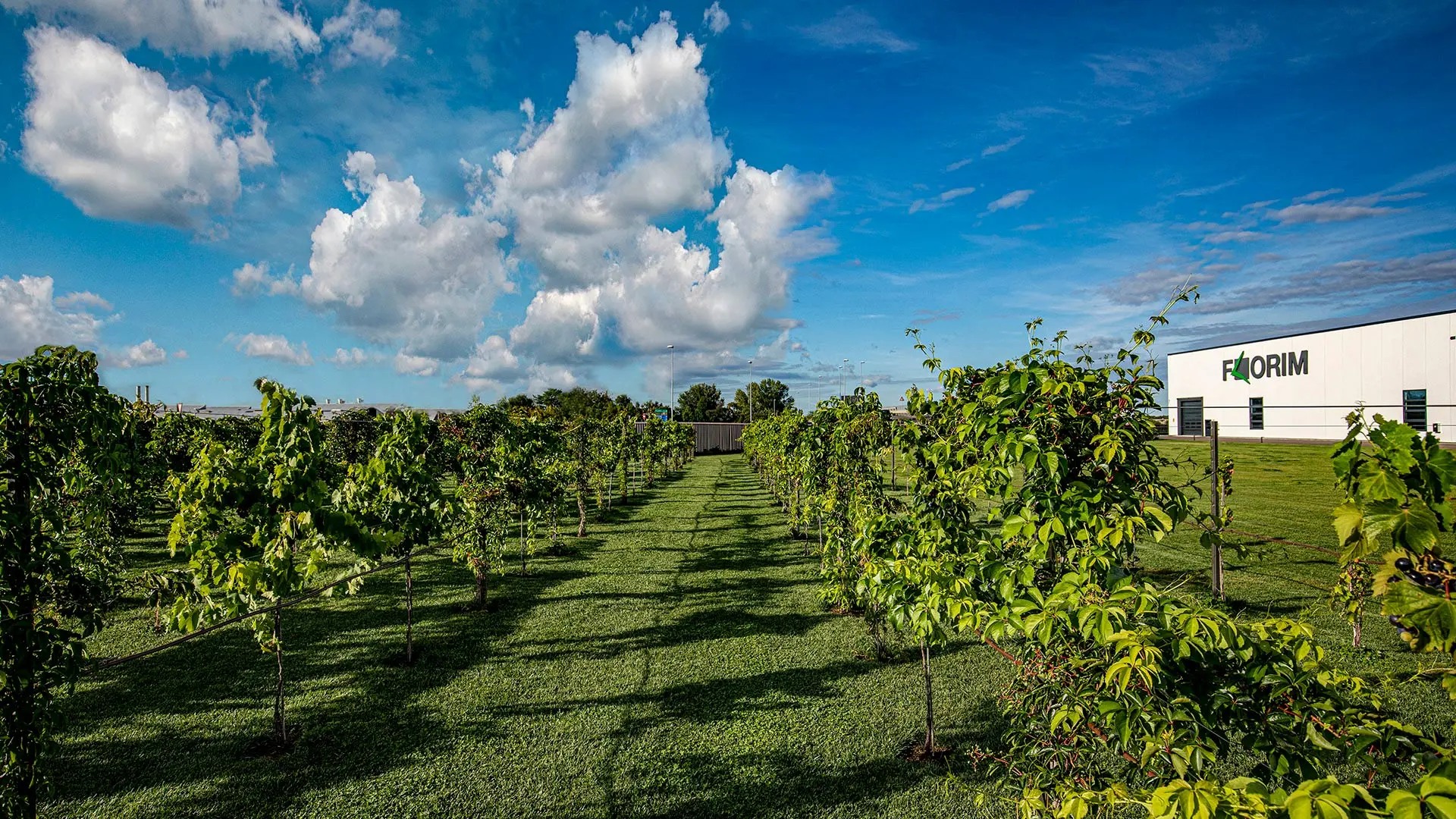
Florim headquarter, photo courtesy Florim Group
One is a legal form, the other a stringent official certification. Few industry companies qualify as SB or BCorps, but some virtuous examples are leading the way
In recent years, more and more companies around the world have taken social, environmental, and even artistic action to engage with specific needs affecting their business model and how the company views itself. One way of doing this is to sign up to certification and legal models that help individual entities abide by important and often challenging commitments. Although there is some confusion about them, nowadays we hear more and more about Benefit Corporations (BCs) and BCorps, often in the same breath. In actual fact, they are two very different propositions: the first is a corporate form, legally recognized in Italy as Societa’ Benefit (SBs); a B Corp, on the other hand, is a company officially certified by B Lab after passing its stringent assessments. As well as seeking economic profit, Benefit Corporations leverage their operations to guide and drive innovation in pursuit of common benefits for the ecosystem in which they exist and operate.
Crowning a long-held vision to promote positive community value, IPE-Visionnaire, which became a Benefit Corporation in December 2021, is a virtuous example of this trend. Eleonore Cavalli, Art Director at the meta-luxury Made in Italy interior design brand, gives us some background: “We began along this path in 2019, to mark the sixtieth anniversary of IPE’s foundation and the fifteenth anniversary of Visionnaire starting operations. We took time to analyze our business model, to work out what kind of value we bring to our local area, to the resources who work with us, and our overall sustainability (or to be more accurate, low-impact manufacturing) approach. We realized our business model was already pretty advanced on these issues. Our manufacturing is all-Italian, distributed nationwide north to south, giving us the ability to nourish different districts and ensure ethical, transparent working practices. Since 2017, we have pursued a low environmental impact strategy, one that ratchets up every year through specific projects on different materials and production processes. All these factors motivated us to become an avowedly Benefit Corporation.”
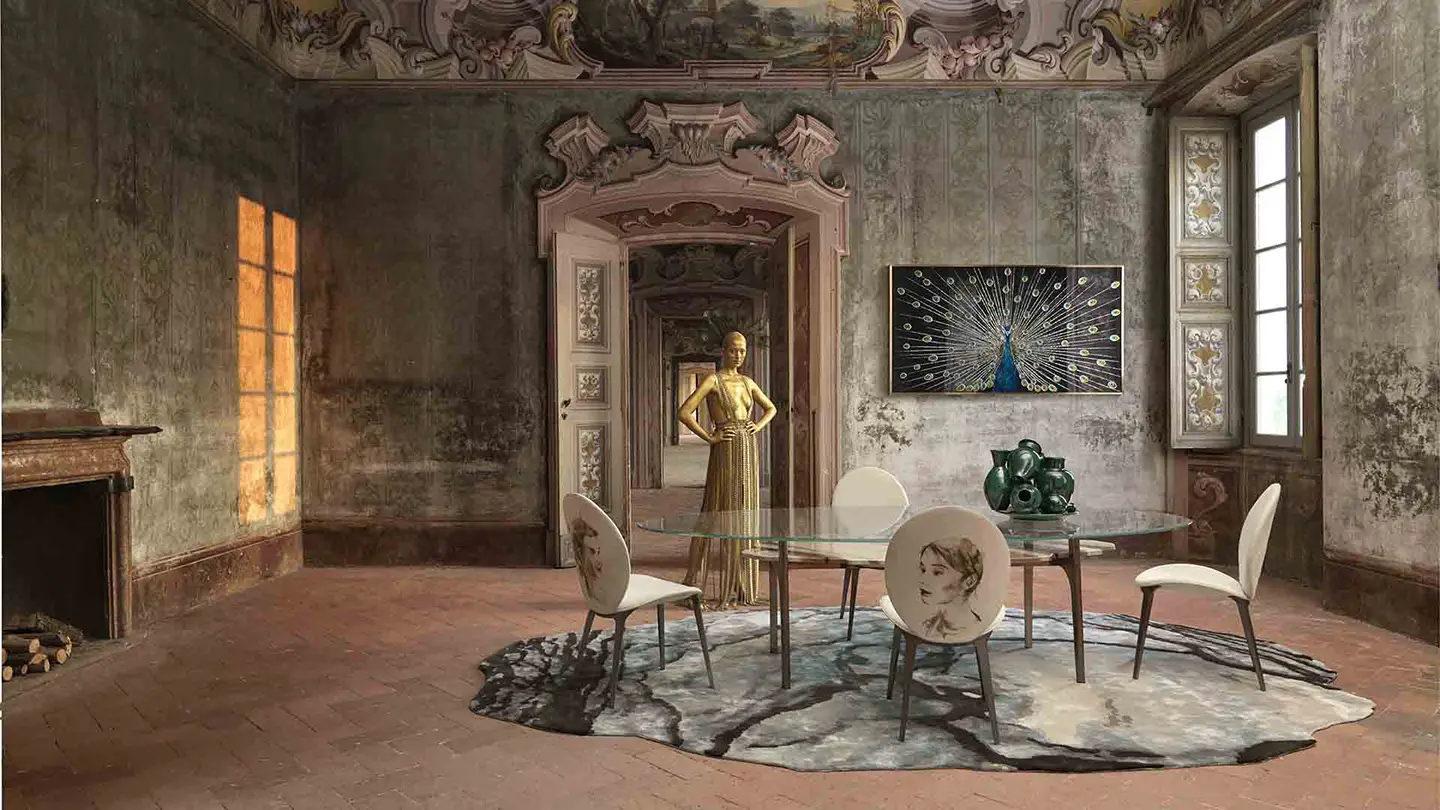
photo courtesy Visionnaire
As a Benefit Corporation, alongside its business IPE-Visionnaire is committed to pursuing a series of aims of common benefit stated in the company’s Articles of Association. These range from leveraging creative research to enhance people’s quality of life to disseminating beauty in living environments, while maintaining and developing a deep connection with the local area and reducing the luxury furniture sector’s negative environmental impact. All this is tangibly visible at the Wunderkammer in the company’s Milan showroom, the way the company involves emerging designers in designing its collections, support for Italy’s business community (the company does not offshore), developing sustainable collections, and a commitment to making long-lasting products.
Cavalli points out, “We are committed to all these end-purposes gradually becoming more stringent, but as far as I’m concerned, and this is my personal point of view, challenging as they may be for a business model based on combining materials together, I care a great deal about low impact and virtuous practices. Every time we decide to reduce our impact, that means involving our chain of artisans, so what we’re talking about is first and foremost a cultural process, then an organizational practice”.
Although Italy passed legislation introducing Benefit Corporations in 2016, to date not many companies in the sector have considered this corporate model: “I hope others follow us in future, because it’s a very positive business practice, creating value and driving a whole slew of activities that benefit not just the system but the whole sector.”
Not many companies have considered taking the Benefit route; even fewer have achieved BCorp status. One such company is Florim, which produces high-end ceramic surfaces for all building, architecture and interior needs. Demonstrating the company’s desire, Florim became a Benefit Corporation in March 2020, and then in December achieved B Corp certification, after having its environmental, social and economic impact performance stringently assessed by third-party, non-profit organization B Lab, which issues international certification (valid for three years) only to companies that pass its test with a final score equal to or greater than eighty out of two hundred points.
“It’s not easy to obtain certification, especially for manufacturing companies,” says Claudio Lucchese, Florim’s President. “In recent years, the number of certified B Corps companies has grown exponentially, but the number that apply for certification has increased faster: a mere 3% exceed the required standards. That said, it is still not very well known in Italy or internationally. I sincerely hope other design firms consider this certification.”
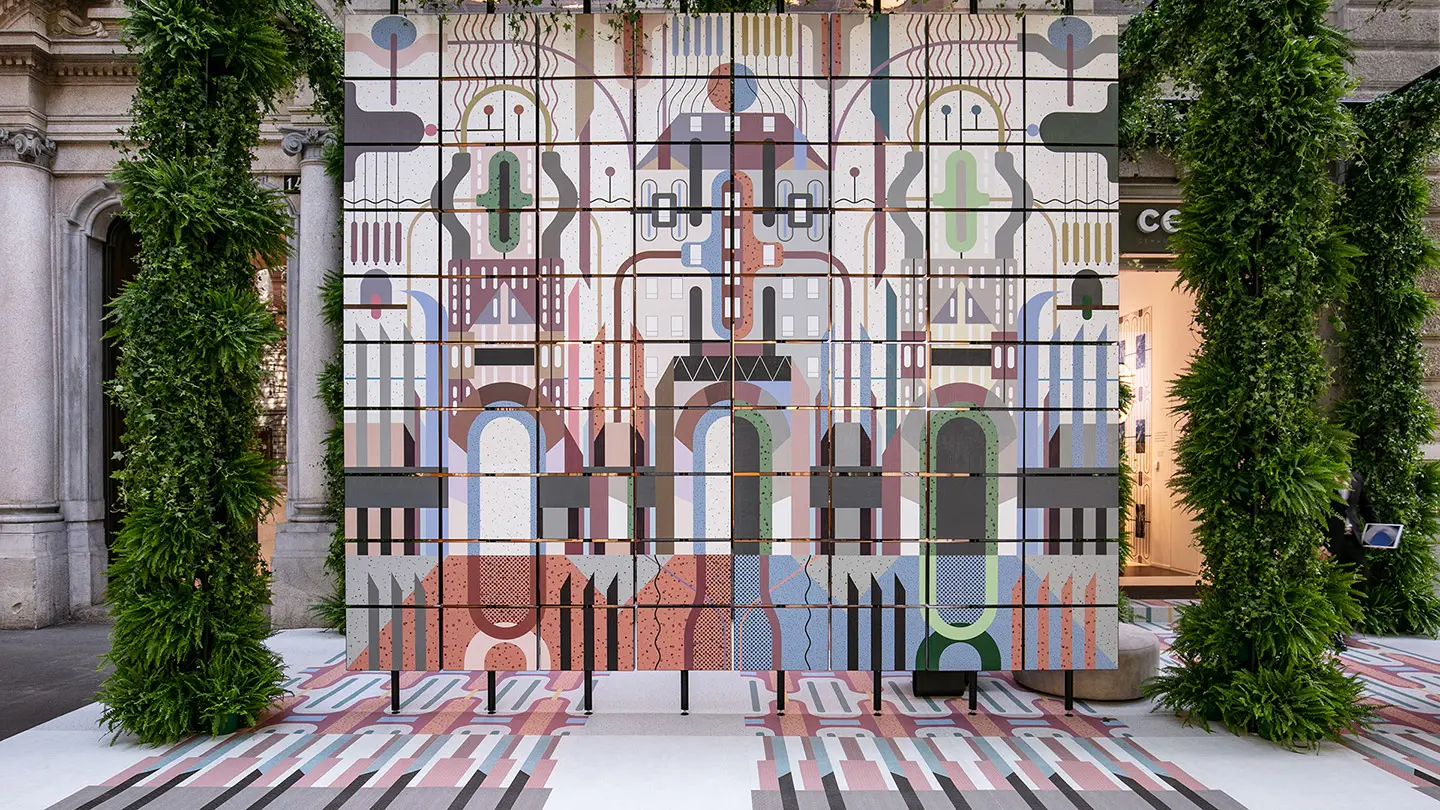
CEDIT, Capsule collection Hotel Chimera by Elena Salmistraro, ph Vanni Borghi
Committing to being a tangible, positive force, part of a global movement for a new regenerative economic paradigm, seeking to enhance society and make a better world while conducting their business, is by no means a straight-forward proposition for a company. As well as pursuing its business targets, B Corp companies commit to fostering a positive impact on the environment, people and the community. To specifically address this, Florim generates its own renewable electrical energy, recovers raw production waste and wastewater, and has a policy of using low formaldehyde emissions panels, including at its trade fair setups.
Alongside its environmental commitments, the group focuses on local welfare, art and culture by providing scholarships for high school students, running local and employee health schemes in partnership with Sassuolo Hospital, and setting up a dedicated training, research and advanced medical simulation centre at its Fiorano Modenese headquarters, where the firm also showcases its commitment to art by displaying works from Mimmo Paladino, Giuseppe Gallo and others.
Looking ahead, Lucchese says, “We are working on a number of fronts to contain our CO2 emissions, starting work on installing a new twenty-two thousand square metre photovoltaic system with peak power of 4.5 MWp at the Mordano plant (Bologna), in addition to the 7.7 MWp we installed at head office a few years ago.”
As for the company’s art and design commitments, “In 2022, we’re involved in Doppio senso. Percorsi tattili alla Collezione Peggy Guggenheim, an artworld event primarily conceived for blind children. Florim funded the project, promoted by the Peggy Guggenheim Collection Museum in Venice, raising proceeds by selling the Hotel Chimera capsule collection, eighty painted ceramic elements designed by Elena Salmistraro for CEDIT.”


 Markets
Markets




